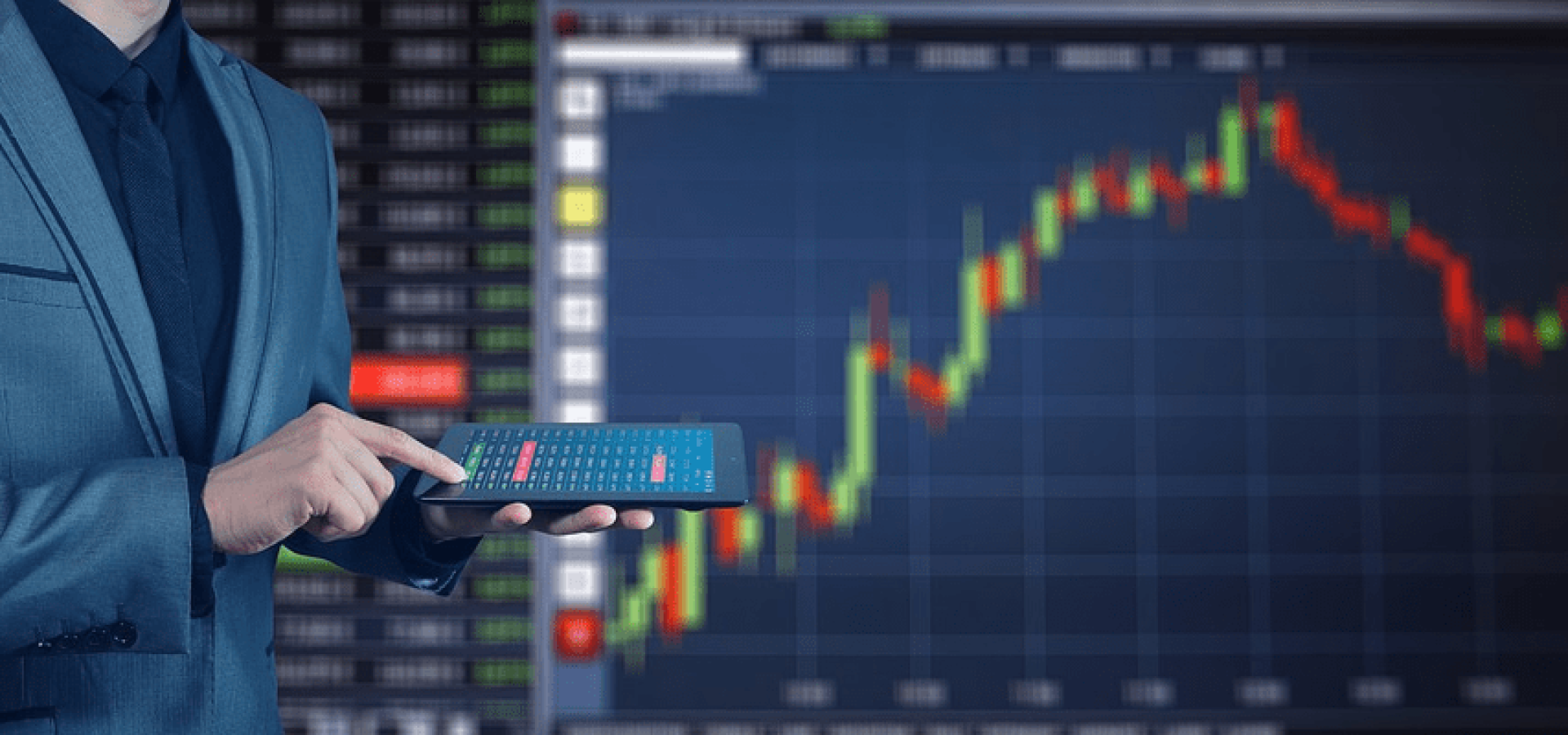Prices for almost every natural commodity have increased over the past year, mainly because of the COVID-19 epidemic’s effect on the economy. Sugar expenses rose by 54%, soybeans by 83%, and corn higher than 100%.
Commodity prices increase and decrease along with supply and demand. The past year moved up a perfect storm with the closing of the economy, supply chain problems, and manufacturing plant closings all happening at the same time. Now that the economy looks to be improving, will there be a settling of commodity prices, or will they proceed to obtain steam and grow?
Some researchers have the highest prices on record for some significant commodities, analyzing the Federal Reserve’s Economic Data database, or FRED.
Data were open from 1990 to 2021, with some commodities having data as far back as 1968. The most recent attainable price, as of April 2021, is also listed. As stated by the Federal Reserve, if a commodity had two or more different measures, the more popular one was used.
While most commodities have not responded to their historical peaks, those who stand to gain—or lose—from the increasing prices keep a close eye on what’s to come.
Aluminum
Highest price: $3,067.46 per Metric Ton (July 2008)
Price starting from April 2021: $2,190.48 per Metric Ton
Now, aluminum is used in everything from soda cans to spaceships.
Nevertheless, when it was first discovered in the early 1800s by extracting it from ore, lightweight aluminum was more valuable—and coveted—than gold and silver.
Barley
Highest price: $260.63 per Metric Ton (Aug. 2012)
Price starting from April 2021: $138.98 per Metric Ton
Barley is one of the most crucial feed grain crops next to corn and sorghum. Barley is also produced for malt production and human consumption.
Because barley is a feed crop, the price aligns typically with wheat and corn. Nevertheless, as more customers tout the health benefits of barley, demand and prices may increase.
Beef
Highest price: 272.30 Cents per Pound (Sept. 2014)
Price starting from April 2021: 224.82 Cents per Pound
A mixture of factors can influence the price of beef. If the price of chicken goes up, consumers may purchase more beef; if there’s a recall, beef sales may plunge. Weather, disease, or higher feed costs are additional parts that can overall improve beef prices.









COMMENTS